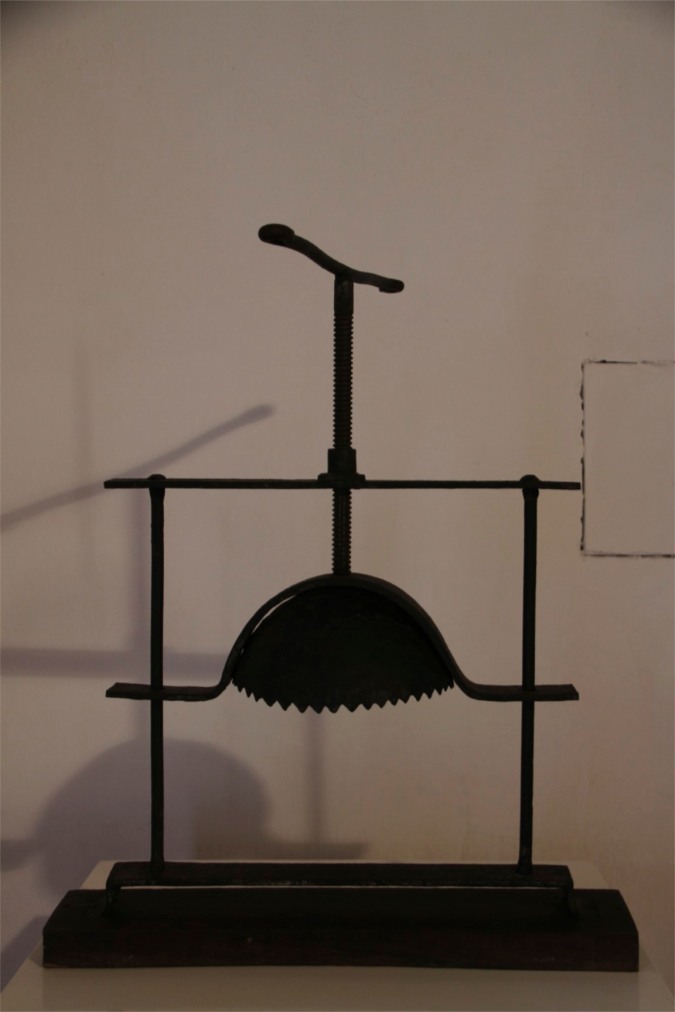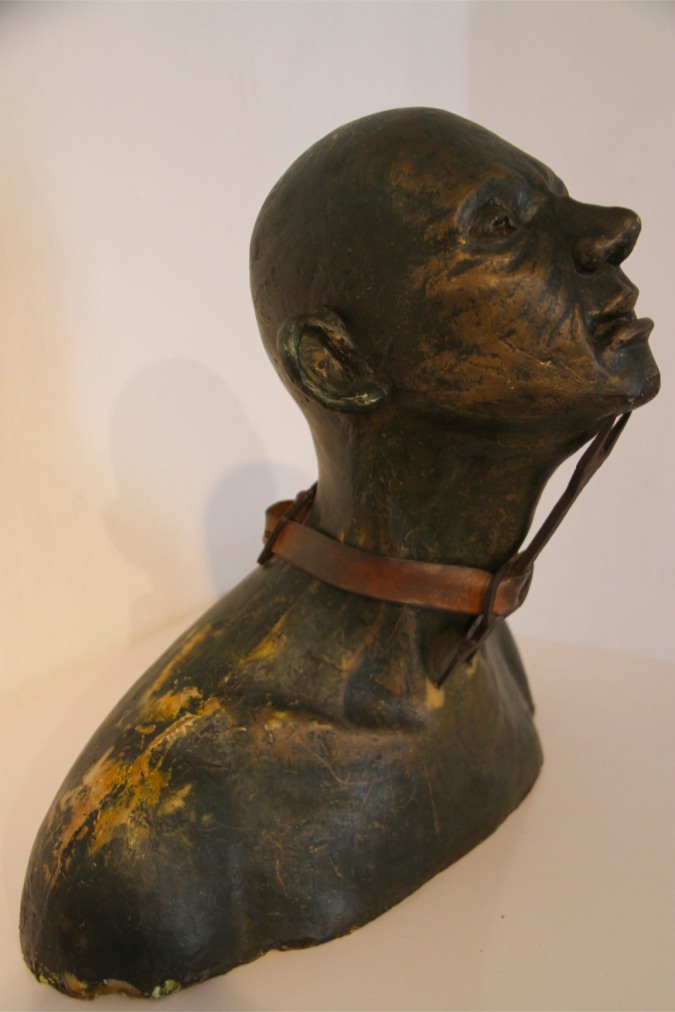The Inquisition, or as it was known within the Catholic Church, Inquiry on Heretical Perversity, had been around for several centuries by the time King Ferdinand II and Queen Isabella I of Spain launched the Spanish Inquisition in 1478.
Up to that point the suppression of ‘heresy’ by the Catholic Church in Europe had rarely used torture to force confessions and only the occasional heretic was put to death. The Spanish Inquisition was to change that dramatically, and with the founding of colonies in the sixteenth century, it wasn’t long before the insidious tentacles of the Inquisition reached Spain’s new overseas possessions.
Today, Cartagena has a small but fascinating museum dedicated to the Spanish Inquisition in the city. An added benefit of a visit to the Palace of the Inquisition is that it is housed in one of the finest colonial buildings in the city.


I wouldn’t want to accuse those lovely Dominican monks who carried out the Inquisition in the Americas of getting inappropriate sexual kicks from torture, but the middle rope on the ‘Rack’ below was attached to the testicles which were stretched along with the rest of the unfortunate person.

In Spain the Inquisition was aimed at ‘cleansing’ the recently reconquered country of Islamic or Jewish influences, and was under the control of the Spanish monarchy who had numerous motives for adopting it as a measure of state control. Yet it came at a time of general moral uncertainty in Europe. There was a long-term change in the weather leading to a prolonged cold period which devastated agriculture and led to starvation and social upheaval.
The Catholic Church, along with everyone else, hadn’t got a clue about climate fluctuations and decided to blame it on witches, magicians and other heretical types. It may seem laughable today that a wave of torture and Church-sponsored killing was unleashed because climate change reinforced people’s fear that witches were at work. Yet, in the absence of science the easiest course of action was to fall back on superstition.


It was against this backdrop that the somewhat inappropriately named Pope Innocent VIII launched a campaign against witchcraft in 1484. The suppression of witchcraft was to form a central pillar of the Spanish Inquisition and led to countless denunciations of the innocent. In Cartagena, there was a special window on one side of the Palace of the Inquisition for denouncing people.
There was an established routine for questioning ‘suspected’ witches, or as we know them today, women. This included a fascinating questionnaire of thirty three questions. I particularly like the examination of the entertainment at the witch’s demonic wedding: “What kind of music was played? What were the dances? Did not you dance?” Apparently, music and dancing were not good in the eyes of the Inquisition.
Interestingly, no one thought to ask the most obvious question, “Are you a witch?” No room for innocent until proven guilty in the Inquisition.


And, of course, there was the traditional ducking stool. A device so devious that you only died if you were innocent; whereas if you lived you were guilty. Of course you were immediately put to death for being a witch so either way things didn’t turn out well.

The Inquisition in Spain was to have serious implications for hundreds of thousands of innocent people across the Spanish colonies during the reign of Philip II of Spain. Under Philip the Inquisition was to reach fanatical heights. He established the Tribunal of the Holy Office of the Inquisition in the Americas in 1569, to be run by the Dominican Order throughout the Spanish colonies.


The Inquisition remained active in Spain until 1834, and was an active ‘department’ of the Holy See until the mid-nineteenth century, when it changed its name to something less associated with torture and death. Today it is known as Congregation for the Doctrine of the Faith.


Hello! I found your beautiful blog by searching for a very particular image (you are the only one on the internet with it!) and hoping for a favor. I was in Cartagena in January and my photo of ‘the weight of witches and warlocks’ i.e. the questions to ask a witch came out terribly. My father wants a blown up copy for his work (he’s a professor, it’s a long story but I think secretly he wants to scare his students with it) and I was hoping you might be willing to send me the high resolution version of that image. Yours is perfectly straight and clear – I just spent 15 minutes trying to fix mine, to no avail. Is there any chance you would? It won’t be shared with anyone, though I will get it developed and make a print of it to give to him. I can delete the image after if you like or whatever else you’re comfortable with.
Thank you for considering! i also spent a bit of time (only a few weeks) in Bolivia, mostly in Cochabamba and La Paz, and loved it – what a unique place (took me awhile to get used to the dried llama fetuses, though…)
Thanks again,
Jessica (in NY, NY)
Terrible. It is hard to believe it was possible. That this was reality.
Sadly only too true. Not sure we’ve learned a great deal since the 16th century.
Reblogged this on Oyia Brown.
I was looking for a gift shop to buy some artifacts while I was there. I figured they would help scare away my in-laws….
That is genuinely a missed opportunity for revenue generation. We have to pass through Cartagena on the way back, I’ll see if they are open to franchising.
Joking aside, Cartagena is truly one of our favorite cities in the world. I hope it’s romance and magic is not lost as cruise ships drop off tourists who think they are living dangerously by spending an afternoon in forbidden Colombia.
We saw a few cruise ship groups wondering around the streets or having respiratory problems getting to the top of the Castillio. They seemed largely harmless, plus they have to be back on board before dark so they don’t stay around long.
Very ugly. Their methods have changed, but their torture continues…..
Its funny, but as I was writing this I was watching the massed crowds thronging Vatican City to greet the new Pope. It seemed appropriate somehow.